Lower Southern Arrernte man and Cultural Ranger Dean Ah Chee used firesticks to light the first cultural burn on co-managed land in South Australia recently.
The burn at Loveheart Springs, part of the National Heritage Listed Witjira-Dalhousie Springs at Witjira National Park, was managed in partnership between the Irrwanyere Aboriginal Corporation and the Department for Environment, Water and Natural Resources (DEWNR) last month.
Approximately 338 hectares of the Common Reed (Phragmites australis) vegetation growing in and around the springs were burnt.
Dean Ah Chee guided the DEWNR fire management staff around the area, using markers to show where it was ok to go and which areas to avoid for cultural reasons.
“We have got traditional connections to here, this country, and it’s important that we look after the sites around the spring area that’s been left for us to look after from our Elders before us” he said.
Burning the dense reeds creates more diverse habitat areas, crucial for the health and survival of unique fish species including the Nationally Listed Dalhousie Gudgeon (Mogurnda thermophila) and Dalhousie Goby (Chlamydogobius gloveri). Reducing the dominance of reeds in the system will also increase environmental water flows, and provide more access to open water.
Travis Gotch, a water specialist from DEWNR said that the cultural burn was particularly targeted at restoring critically endangered species.
“We’re undertaking a process now of reintroducing traditional cultural burning in conjunction with our understanding of the environment at Dalhousie, we are trying to protect and conserve and expand the habitat of some of these species that have just recently been nominated to be shifted to critically endangered” he said.
Witjira NP Co-Management Board Member Marilyn Ah Chee explained that fire had always been a part of caring for country.
“Lower Southern Arrernte people and Wangkangurru people have cared for this country for many, many generations. This country needs to be cared for and fire is a great tool for achieving that. Our aspiration is to use cultural fire management across Witjira to help care for country traditionally for the benefit of all” said Mrs Ah Chee.
This prescribed burn coincides with the release of a draft Witjira Waru Pulka (Fire Management) Strategy which has been made in the form of a poster.
Dean Ah Chee created artworks for the poster using traditional methods and knowledge. At the centre of it is a seasonal calendar, which shows how country responds to seasonal changes and when certain activities are undertaken.
“The poster that I’ve done for the co-management board is for the fire management of Witjira National Park, and in that is including Aboriginal Culture and the Western management of fire together” said Dean Ah Chee.
Witjira NP Co-Management Board Member and Co-Chair of the Irrwanyere Aboriginal Corporation, Arthur Ah Chee spoke about the draft Witjira Waru Pulka (Fire Management) Strategy, which is currently out for consultation.
“This is a co-operative approach which looks to manage fire across the park for the next 10 years, by combining our traditional and cultural knowledge with contemporary environmental practices to support looking after and caring for country.
“It reflects the joint commitment of the Witjira National Park Co-Management Board to facilitate and support the cultural aspirations of the Wangkangurru people, and Lower Southern Arrernte people” said Arthur Ah Chee.
Inappropriate fire regimes, when fires either happen too often or not often enough, are a threat to several nationally significant species living in the spring area, according to DEWNR.
The strategy looks at different on-ground activities such as burning at strategic locations to reflect cultural practices, as well as reducing the bushfire risk to life, property, cultural assets and values and the environment.
Dean Ah Chee believes the strategy represents an important partnership with the traditional owners of Witjira NP and DEWNR, builds on reconciliation and makes the landscape healthier.
“Doing fire management programs creates new life, with new plants for our animals and the chance for Aboriginal people to see their cultural sites” he said.
The strategy is now available for public comment. Individuals and communities are encouraged to read it and provide feedback to DEWNR by 28 February 2018.
To have your say visit: http://yoursay.sa.gov.au
For interactive maps and more detailed information on the strategy poster, head here.
| By Jen Dick (DEWNR) with Lucy Kingston |
SANTS acknowledges that the land on which our office is based is the traditional lands for the Kaurna people and we respect their spiritual and cultural relationship with their country.
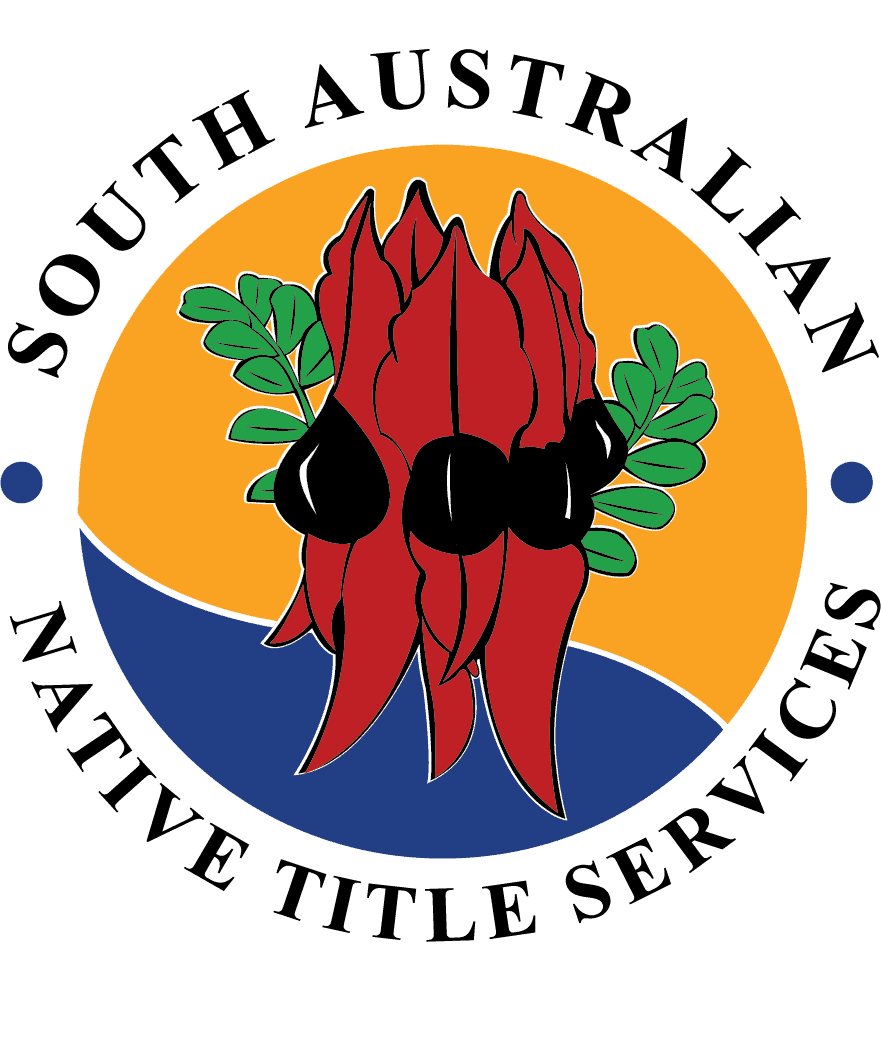
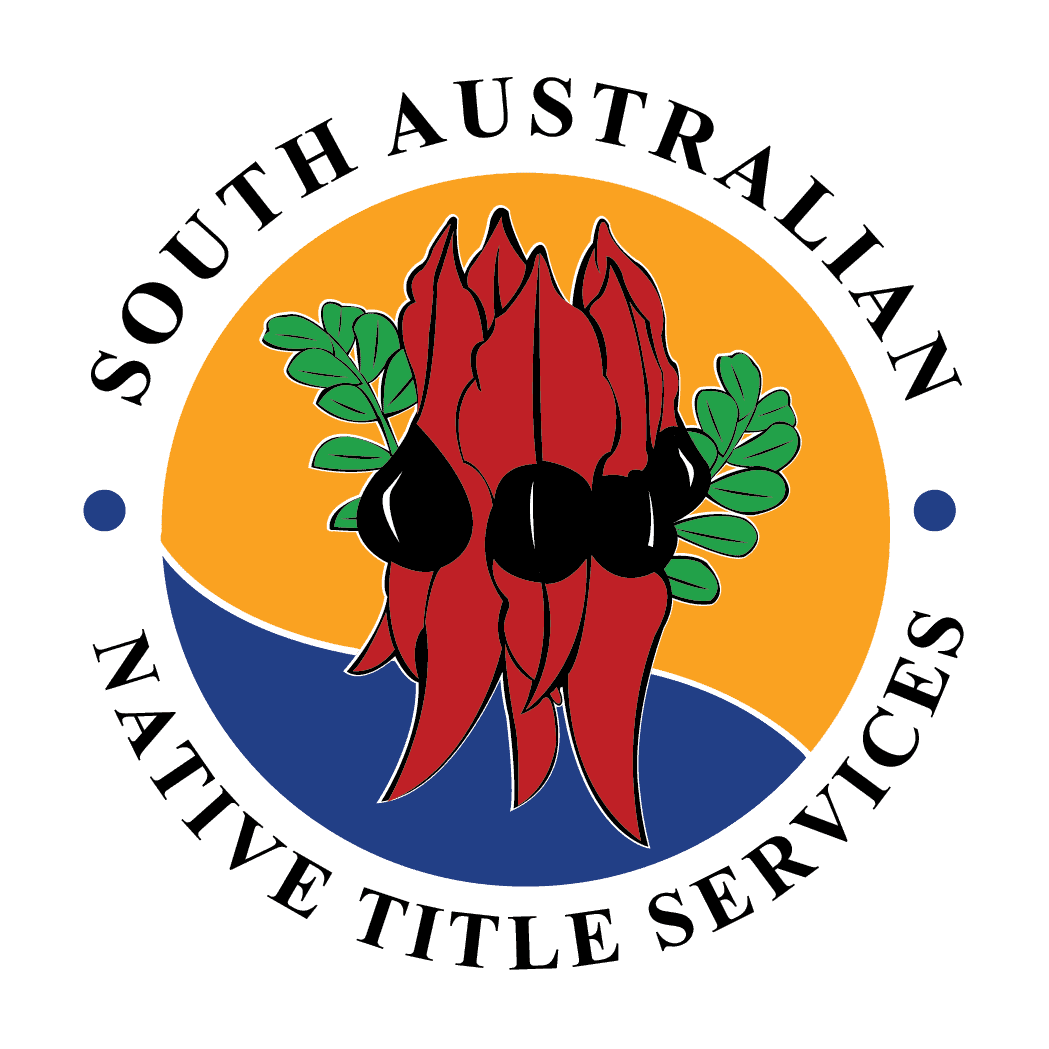
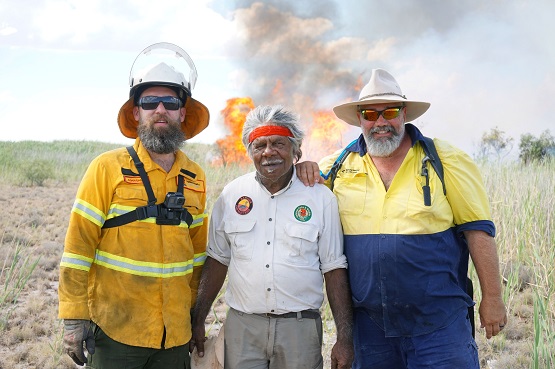
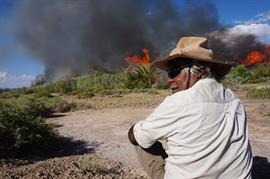
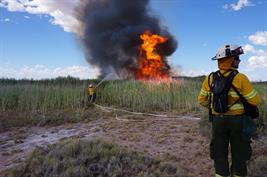
 Protected by Patchstack
Protected by Patchstack